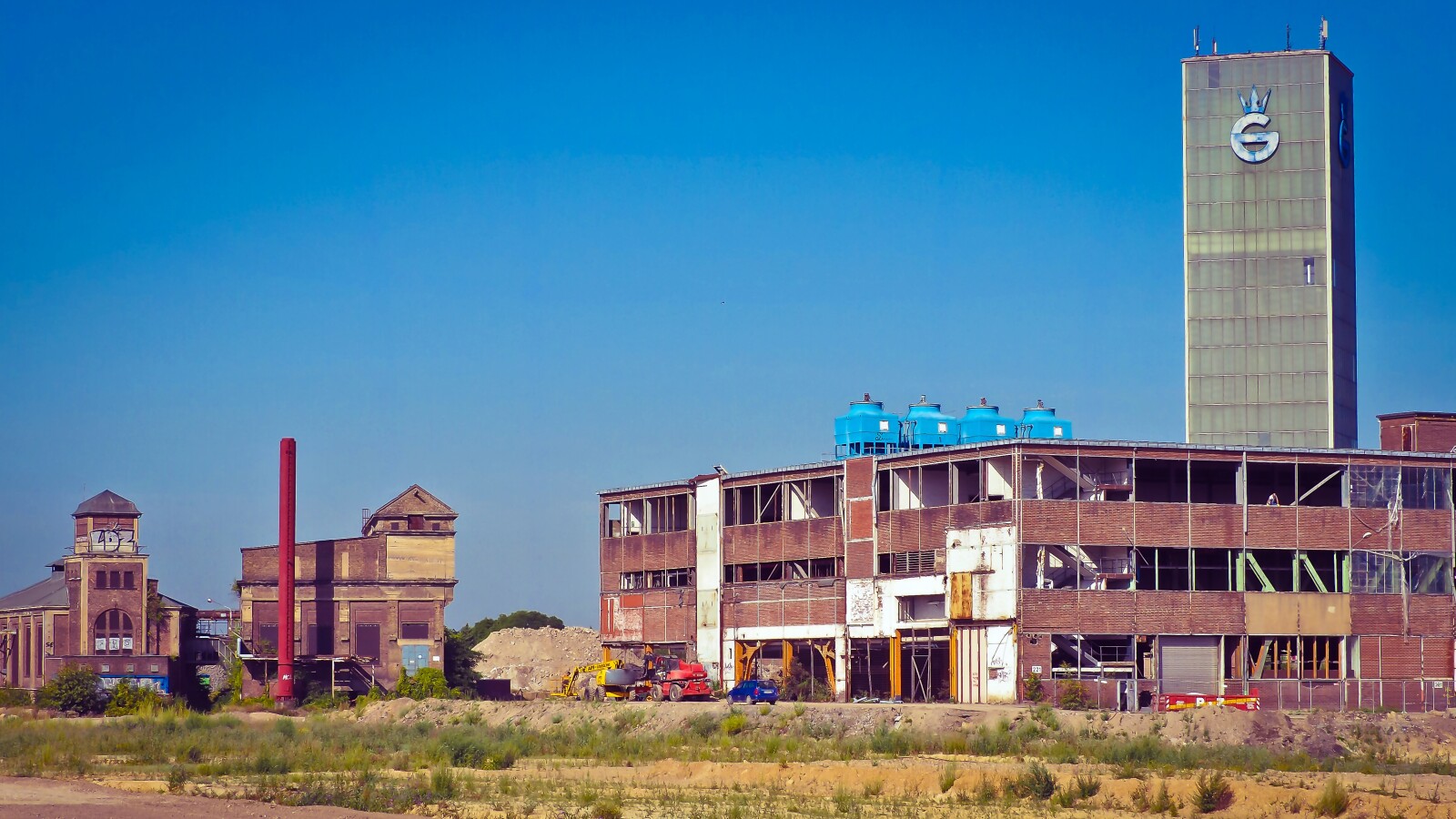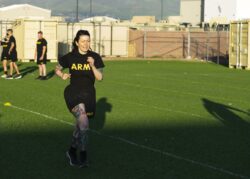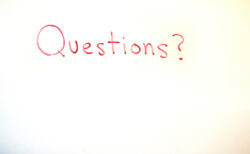Premises Liability: Uncovering the Responsible Parties
As a complex legal domain, premises liability holds property owners accountable for maintaining safety and warning visitors of known hazards. Understanding its intricacies, from classifying visitors to identifying responsible parties, is vital. This article aims to shed light on the nuances of premises liability, including cases of slip and fall accidents, dog bites, and elevator mishaps. Utilize this knowledge to navigate potential legal processes and ensure a safer, legally secure environment.

Key Takeaways
- Visitors on premises are classified as licensees, invitees, or trespassers, and property owners have different duties of care towards each classification.
- Owners of immovable property can be held responsible for injuries suffered by those present on the premises, including licensees, invitees, and trespassers.
- Liability in premises liability cases is based on reasonableness and foreseeability, and property owners must make reasonable efforts to warn visitors of dangerous conditions.
- Premises liability cases can include slip and fall accidents, dog bites, snow and ice accidents, elevator accidents, and amusement park accidents.
Understanding the Classification of Visitors and Owners’ Duties
In our discussion on understanding the classification of visitors and owners' duties, it's important to note that as a property owner, one's obligations vary significantly depending on whether the person on the premises is classified as a licensee, an invitee, or a trespasser. The importance of communication between property owners and visitors cannot be overstated. Clear communication helps determine visitor classification and consequently, the owners' duties. This understanding is critical to avoid potential premises liability issues. For instance, owners are liable for injuries caused by attractive nuisances, particularly to children. They are obliged to secure such hazards, or at least provide clear warnings to prevent accidents. A comprehensive understanding of these classifications can significantly mitigate risks and inform effective communication strategies, minimizing liability.
Grasping the Basics of Premises Liability
Understanding premises liability often requires diligent study, yet it is crucially important for property owners to regularly familiarize themselves with its intricacies to minimize potential liability. The significance of foreseeability in premises liability cases cannot be overstated. Foreseeability acts as a determining factor in the extent of liability, as the potential for harm must be reasonably anticipated by an average person. If the property owner could have foreseen the harm but did not take reasonable steps to prevent it, they may face legal repercussions. Another important aspect is the higher duty of care owed to children. Owing to their limited understanding of dangers, children are often granted a higher standard of protection. For instance, the attractive nuisance doctrine holds property owners liable for hazardous conditions that attract children, such as swimming pools or abandoned cars.
Factors Influencing Premises Liability
The complexity of premises liability is influenced by various factors, such as the classification of visitors, the foreseeability of harm, and the nature and use of the property, all of which contribute to the abstract concept of a property owner's duty of care. Factors affecting foreseeability include the likelihood of an accident, the presence of potential hazards, and the property owner's knowledge of these risks. The duty of care to children is especially significant, as they may not fully comprehend dangers on the property. This often results in an elevated duty of care, particularly under the doctrine of attractive nuisance. In essence, the complexities of premises liability call for a thorough understanding of these factors to ensure that property owners uphold their legal responsibilities.
Exploring Slip and Fall Accidents in Premises Liability Cases
Delving into the realm of premises liability cases, we find slip and fall accidents to be considerably common, often resulting from factors such as wet floors, uneven surfaces, or inadequate lighting. These accidents can cause severe injuries, including broken bones or head trauma. Preventing slip and fall accidents requires a proactive approach from property owners, ranging from regular inspections to swift remediation of identified hazards. Gathering evidence in premises liability cases is crucial to establish the duty of care and any breach thereof. Photographic evidence, witness accounts, and expert testimonies can play a significant role in proving negligence. Thus, understanding premises liability laws and abiding by them not only safeguards properties but also significantly reduces the risk of debilitating injuries.
Unveiling Different Aspects of Premises Liability
In the sphere of premises liability, it is crucial to explore its varied aspects, such as the responsibility of property owners, classification of visitors, and the factors that can influence liability, and also delve into specific cases like slip and fall accidents, dog bites, and amusement park mishaps. Property owners ought to be acutely aware of the liability implications for property owners. This includes maintaining the safety of their property and protecting invitees, licensees, and even known trespassers. Legal considerations in premises liability cases often hinge on the owner's duty of care and their negligence or failure to maintain their property. Ultimately, understanding these aspects of premises liability can help property owners mitigate risks, navigate legal challenges, and uphold their responsibilities to visitors.
Navigating the Complexities of Determining Fault in Premises Liability
Assessing accountability in premises liability cases requires a meticulous understanding of various factors, including the classification of the visitor, the duty of care owed by the property owner, and the foreseeability of the accident. Proving negligence is a key element in these cases and hinges on demonstrating that the property owner breached their duty of care, and such breach directly caused the injury. Gathering evidence is essential to establish the negligence, and may include photographs of the hazardous condition, witness testimonies, or maintenance records. A compelling case will convincingly link the accident to the owner's negligence, proving that the accident was foreseeable and preventable. Thus, navigating the complexities of determining fault in premises liability requires both comprehensive understanding and persuasive presentation of facts.
Expanding Scope: Other Areas of Premises Liability
Exploring the diverse spectrum of premises liability, it's crucial to note that it extends beyond the commonly perceived slip and fall cases, and includes other areas such as restaurant liability for customer injuries, stair accidents, swimming pool incidents, trampoline mishaps, and even liabilities arising from ATMs and cash machines. The expansive nature of premises liability law underscores the importance of property owners maintaining safe environments. For instance, restaurant liability encompasses ensuring food safety, eliminating potential trip hazards, and maintaining clean and safe restrooms. Similarly, swimming pool accidents may be prevented by installing appropriate barriers, providing life-saving equipment, and regular maintenance. These examples highlight the breadth and depth of premises liability, reinforcing the need for conscientious property management to prevent accidents and avoid potential legal ramifications.
Frequently Asked Questions
What Steps Should a Property Owner Take if They Discover a Trespasser on Their Property?
Upon discovering a trespasser, property owners should take immediate steps for trespasser deterrence. This includes non-confrontational measures like notifying the authorities and documenting the intrusion for future legal actions. It's crucial to refrain from causing harm, even in self-defense, unless absolutely necessary. Instead, install security systems, post signs indicating private property, and consider legal injunctions against repeat offenders. Always consult with a legal professional to understand the full extent of premises liability laws.
How Does a Property Owner’s Insurance Policy Factor Into Premises Liability Cases?
A property owner's insurance policy plays a crucial role in premises liability cases. Primarily, Insurance Policy Interpretation determines the extent of coverage for accidents on the property. It outlines the responsibilities and liabilities of the owner. During the Claim Settlement Process, the insurance company scrutinizes the facts of the incident to ascertain if it falls within the policy's purview. Thus, the specifics of the insurance policy can significantly impact the resolution of premises liability cases.
In the Context of Premises Liability, How Are Public Properties Such as Parks or Government Buildings Treated Differently From Private Properties?
In premises liability, public properties like parks or government buildings are generally treated differently due to government immunity, which can limit or exempt liability. However, exceptions exist where the government entity fails to abide by public safety regulations. It's crucial for the government to maintain these areas for public safety, and failure to do so can result in liability, although proving negligence is often more complex compared to private properties.
If a Licensee or Invitee Is Injured Due to Their Own Negligence on the Property, Can They Still Sue the Property Owner?
In premises liability cases, negligence assessment plays a critical role. If a licensee or invitee is injured due to their own negligence, they may still sue the property owner. However, the principle of 'Comparative Fault' may apply, reducing their potential compensation based on the degree of their own negligence. This is a complex area of law and outcomes can vary, highlighting the importance of professional legal advice in such situations.
Are There Specific Protections or Laws for Elderly Individuals in Premises Liability Cases?
In premises liability cases, Elderly Safety Regulations may apply. These can demand higher standards of care for seniors, considering their increased vulnerability. No specific age-based exemptions exist in general premises liability laws, but some jurisdictions may have more protective measures for the elderly. These can include mandatory property modifications or more stringent safety requirements. However, the interpretation and application of these laws can vary greatly, making legal consultation crucial in such cases.
Conclusion
In conclusion, premises liability is a complex legal field, involving intricate classifications and duties of property owners. It not only encompasses common incidents like slip and fall accidents but also extends to less evident areas. The identification of responsible parties is critical and often challenging, necessitating a deep understanding of legal principles and the concept of foreseeability. Therefore, seeking legal counsel from a premises liability attorney is crucial in navigating these complexities and ensuring rightful compensation.

This post has been generated by AI and was not reviewed by editors. This is Not legal advice. Please consult with an attorney.




